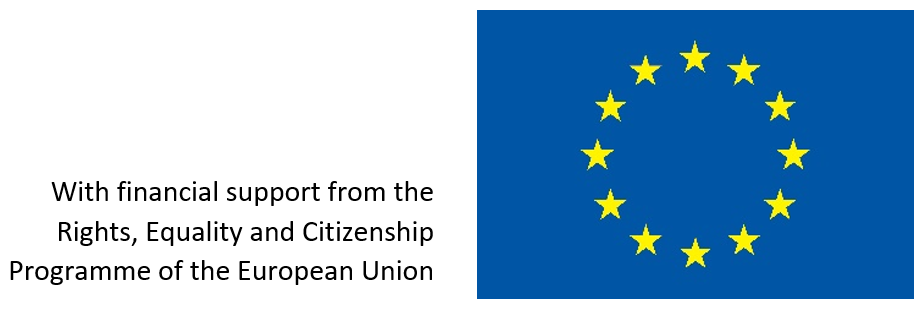Margarete Schütte-Lihotzky was born in Vienna, Austria in 1897 and was the first woman architect in the Austro-Hungarian empire. She was also the first female student at the University of Applied Arts of Vienna. Though her family was liberal for their times, they did not at first encourage her studies of architecture. “They thought that I would starve to death. Nobody could imagine hiring a woman to build a house in 1916 – not even I could imagine it,” said Schütte-Lihotzky on her 100th birthday. However, she quickly proved her aptitude by winning prizes for her designs even before graduating. Schütte-Lihotzky immediately understood that design and functionality would be the trend of the future.
In 1926 she was asked by the City Council of Frankfurt & city planner Ernst May to work on the New Frankfurt project, which was to solve the city’s housing shortage. This was when Schütte-Lihotzky designed the Frankfurt Kitchen, which is now the prototype of the built-in kitchen prevalent in the Western World. The Frankfurt City Council installed 10,000 of her mass-produced, prefabricated kitchens in newly-built working class apartments.
Unfortunately, the situation in the Weimar Republic began to deteriorate quickly towards the political right so in 1930 Schütte-Lihotzky travelled with her husband to the Soviet Union with the “May Brigade,” a group of architects commissioned to help realize the first of Stalin’s five-year plans. The “Brigade” is credited with the construction of 20 cities over a 3-year time period. Schütte-Lihotzky resided in the Soviet Union until 1937, until Stalin’s Great Purge put her life in danger.
She moved with her husband to London, followed by Paris and then Istanbul where she taught at the Academy of Fine Arts. In Istanbul, Schütte-Lihotzky met fellow Austrian Herbert Eicholzer, an architect who was organising communist resistance to the Nazi regime. In 1939 Schütte-Lihotzky joined the Austrian communist party and travelled back to Vienna in 1940 to secretly contact the Austrian communist resistance movement. She was promptly arrested with her comrades and spent the rest of the war imprisoned, barely avoiding execution. After the war she returned to Vienna where she became the leader of the Federation of Democratic Women. During the Cold War, it was hard for Schütte-Lihotzky to get architectural assignments due to her connections to the communist party. Consequently, apart from designing some private homes, Schütte-Lihotzky worked as a consultant in China, Cuba and the German Democratic Republic.
In 1977, she received a medal for her peace work and in 1978 an honour badge for her work in the Resistance from the Austrian government. She received the Architecture Award from the City of Vienna in 1980 but, staying true to her convictions, refused to be honoured in 1988 by then Austrian Federal President Kurt Waldheim on the ground of his Nazi past.
Schütte-Lihotzky died 5 days short of her 103rd birthday in 2000.
By Lina Piskernik, WAVE Step Up! Campaign Assistant
Illustration by Lino Salini (1889-1944)
Sources:
Henderson, Susan. “Margarete Schütte-Lihotzky (1897-2000).” Architectural Review, 27 June 2015, www.architectural-review.com/rethink/reputations-pen-portraits-/margarete-schtte-lihotzky-1897-2000/8685131.article.
Pace, Eric. “Margarete Schutte-Lihotzky, Noted Austrian Architect, 102.” The New York Times, The New York Times, 23 Jan. 2000, www.nytimes.com/2000/01/23/nyregion/margarete-schutte-lihotzky-noted-austrian-architect-102.html.
„Margarete Schütte-Lihotzky: ‘Sie Haben Gedacht, Ich Würde Verhungern.’” DerStandard.at, Der Standard, 17 Jan. 2018, derstandard.at/1920037/Margarete-Schuette-Lihotzky-Sie-haben-gedacht-ich-wuerde-verhungern.
“Margarete Schuette-Lihotzky; Pioneering Architect.” Los Angeles Times, Los Angeles Times, 22 Jan. 2000, articles.latimes.com/2000/jan/22/news/mn-56593.






